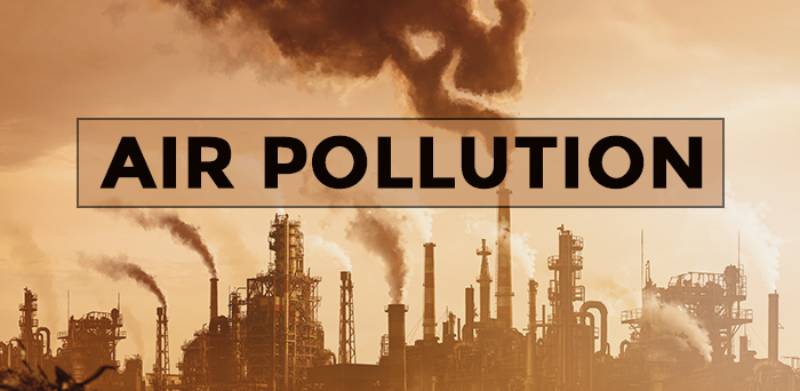The World Health Organization’s (WHO) air quality guidelines are exceeded by the air that almost everyone on the planet breathes.
This figure maps the most polluted countries in the world according to IQAir, sorted by annual average PM2.5 concentration (μg/m3) in 2023. The unit μg/m3 refers to micrograms per cubic meter.
What is PM2.5?
PM2.5 refers to particulate matter 2.5 micrometers or smaller in diameter that can reach deep into the lungs and cause health problems.
In 2021, the World Health Organization (WHO) updated its air quality guidelines on PM2.5. The recommended maximum annual average value for PM2.5 is now 5 μg/m3, lower than the previous target of 10 μg/m3.
PM2.5 pollution is frequently caused by power plant combustion, motor exhaust, fire smoke, dust, and dirt.
How does PM2.5 pollution affect the human body?
According to the Air Quality Life Index (AQLI) survey released in 2022, 97.3% of the world’s population has PM2 levels that exceed the WHO guidelines. We found that we were exposed to 5.
This would reduce global life expectancy by her 2.2 years compared to the world meeting WHO guidelines.
Particularly in South Asia, AQLI assumes that residents could lose up to five years of their lives. The region has long been a global air pollution hotspot, home to 37 of the world’s 40 most polluted cities.
| Rank | Country | Annual average PM2.5 concentration |
|---|---|---|
| 1 | Bangladesh | 79.9 |
| 2 | Pakistan | 73.7 |
| 3 | India | 54.4 |
| 4 | Tajikistan | 49.0 |
| 5 | Burkina Faso | 46.6 |
| 6 | Iraq | 43.8 |
| 7 | United Arab Emirates | 43.0 |
| 8 | Nepal | 42.4 |
| 9 | Egypt | 42.4 |
| 10 | Democratic Republic of the Congo | 40.8 |
| 11 | Kuwait | 39.9 |
| 12 | Bahrain | 39.2 |
| 13 | Qatar | 37.6 |
| 14 | Indonesia | 37.1 |
| 15 | Rwanda | 36.8 |
| 16 | Zimbabwe | 33.3 |
| 17 | Ghana | 33.2 |
| 18 | Kyrgyzstan | 33.1 |
| 19 | China | 32.5 |
| 20 | Libya | 30.4 |
Interestingly, fine dust particles can travel hundreds of kilometers and often cross national borders.
For example, about 30% of the air pollution in India’s Punjab state comes from neighboring Pakistan. Similarly, India accounts for an estimated 30% of the pollution in Bangladesh’s largest city.
- March Madness 2025: Printable Bracket, Game Schedule & How to Watch - March 13, 2025
- March Madness Miracles: Worst Records to Get an NCAA Tournament Bid - March 13, 2025
- NCAA DI Wrestling Championships 2025: How to Watch, Brackets & Selection Info - March 13, 2025



